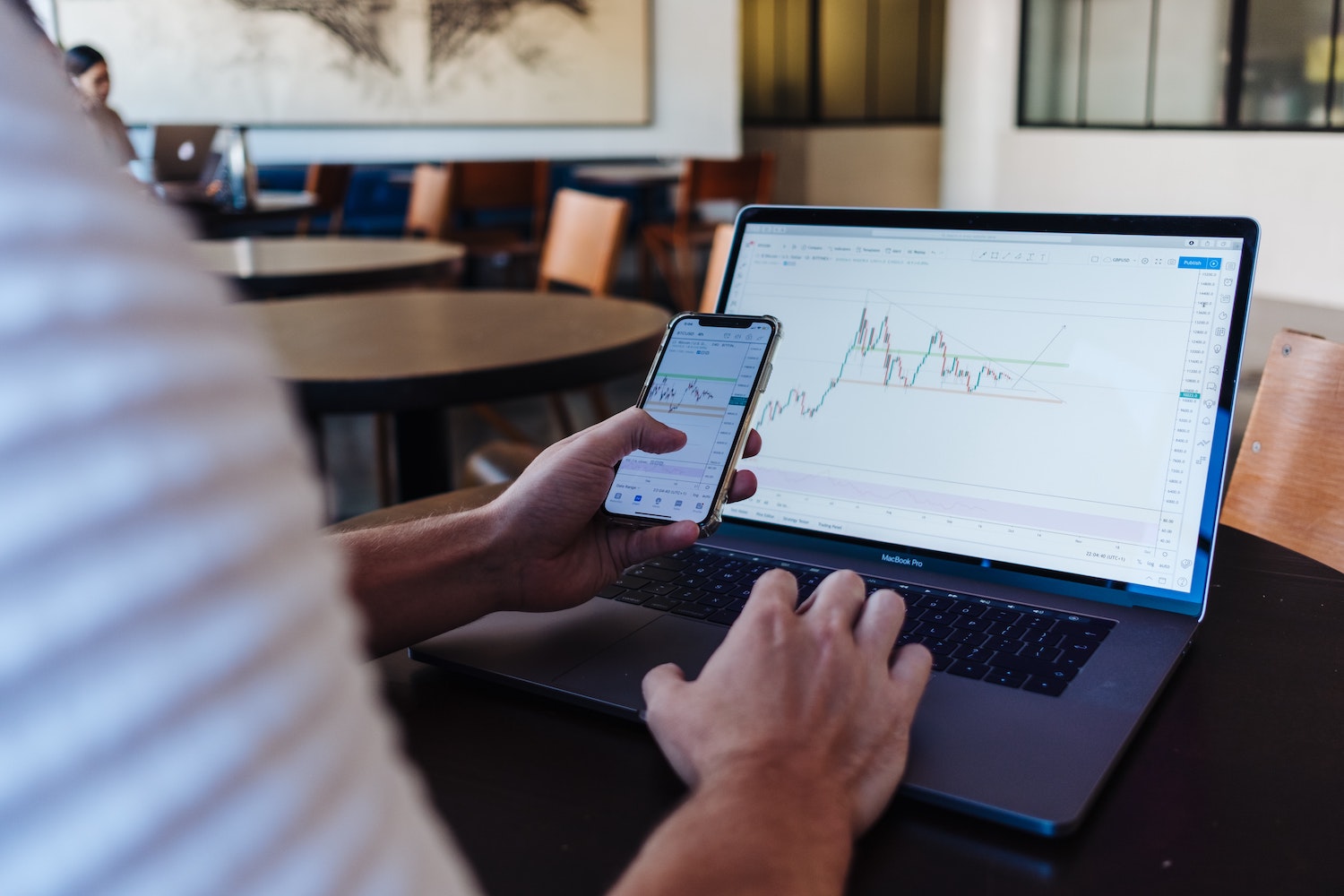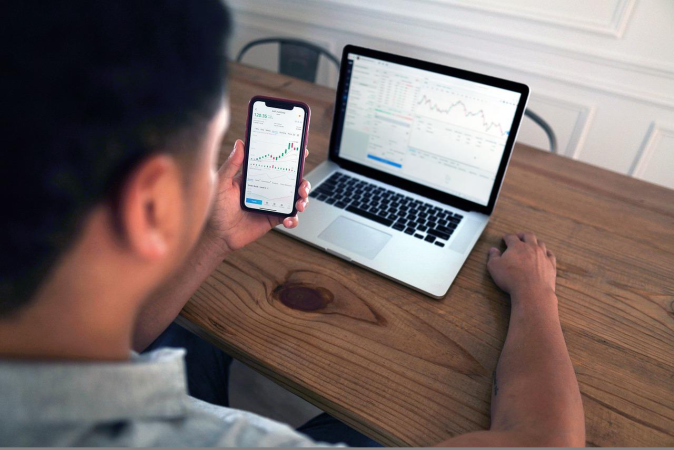The stock market’s ups and downs in 2022 has been dominating the news cycle for weeks.
The headlines (including the S&P 500’s drop below the 20% threshold from its record high) have new and experienced investors alike wondering exactly how they should react to the rapidly shifting levels of both volatility and risk.
Understanding that we are officially in a bear market, and that rapidly fluctuating stock prices is uncharted territory for many investors, the difference between volatility and risk has never been more important. In fact, one of the most common errors investors make is thinking volatility and risk are interchangeable.
Understanding the subtle differences of market volatility vs. risk can mean a dramatic difference in overall returns and it can change the game for your investment strategy. In today’s article, we are going to take a closer look at these two pillars of financial theory.
Risk and Volatility Are Not the Same Thing
In a previous blog we defined risk as the possibility of losing some or all of your capital.
Volatility, on the other hand, is simply the measurement of how quickly an asset’s price changes. What many investors don’t always understand is that volatility is not necessarily a reflection of the actual value of a particular asset.
Why is this concept so important?
Just because a stock price rapidly increases or decreases, the value does not necessarily increase or decrease in correlation. There are a number of stocks that have extremely high volatility in the market, but over time their value holds constant.
For example, the United States has weathered cycle after cycle of financial upswings and recessions. Consider a company like Procter & Gamble (stock symbol: PG). During the market crash of 2007-2009, its share price went from $74.67 down to a low of $44.18 – a drop of almost 41%! Did the value of those shares also decrease? By looking at a few other metrics, one could argue they did not.
During the recession and beyond, all the way through to 2011, P&G’s dividend growth trended upward. While the volatility of the share price seemed extreme, the overall value of the stock increased steadily over time, and has continued to do so.
If an investor had viewed volatility as equivalent to risk and had decided to withdraw their investment based on the perceived value demonstrated in the volatility of the stock, they would have missed out on substantial gains had they held onto the stock for a few more years.
Reacting based on volatility alone, or viewing volatility and risk in the same manner, can lead to buying or selling at the wrong time therefore missing out on substantial gains.
Identifying and Managing Investment Risk
Risk comes in many different forms.
While the level of risk can certainly indicate the level of potential reward (i.e., higher risk = higher reward), volatility does not operate the same way.
Furthermore, volatility is a straightforward concept of pricing being incongruent with value. Risk is more nuanced, taking many forms including:
- Changing market conditions.
- Liquidity risk.
- Currency risk (if you choose foreign investments).
- Political risk.
- Business risk.
Identifying different risk factors and adjusting your strategy appropriately gives you an opportunity to weather any volatility the market presents, and profit from it.
Volatility Creates Opportunity
Browsing current headlines from the Wall Street Journal might make any investor a little nervous:
- Rising rates and falling stock prices have prompted a surge of cash into U.S. Treasury Funds…”
- U.S. stocks fell, with all three major indexes in the red, after capping a volatile trading month…”
- How to weather this stock market storm…”
As tough as it is to feel confident about your investment strategy with headlines like these, there is no reason to fear volatility, so long as you’ve taken appropriate steps to reduce your risk. Continuously monitoring and rebalancing your portfolio to stay the course throughout volatility is one way to discover better returns in the stock market.
Don’t forget the importance of taking into consideration the timeline of your overall investment strategy. Short-term investors are much more likely to be negatively impacted by market volatility than investors who are in it for the long haul.
Instead of thinking of volatility as a negative byproduct of investing, think of volatility as an opportunity. This is when you stand to make a profit. If you can stay the course, understanding that you’ve appropriately allocated your investments and diversifed your portfolio, you don’t have to panic when the stock market starts to drop and sell it all.
In fact, knowing when exactly you should buy and sell should be part of your overall strategy.
How myRiskAlert Helps You Profit From Market Volatility
Putting volatility to work in your favor is possible when you utilize an investment management tool like myRiskAlert to help monitor your stocks with custom stock price alerts.
Nervous about highly volatile stocks? Unsure of what action to take and when because there’s so much up and down?
myRiskAlert can help you discover the ideal time to buy in the market by monitoring your investments and notifying you when a stock price climbs above its most recent low value. This is called your “opportunity threshold.” With myRiskAlert, you’ll never miss out on the perfect chance to buy.
Market volatility is no sweat, especially for the investor who understands risk management. Sign up for myRiskAlert and start profiting off market volatility today.
This material has been prepared for informational purposes only, and is not intended to provide, and should not be relied on for, tax, legal, investment or accounting advice. You should consult your own tax, legal, investment and accounting advisors before engaging in any transaction.




